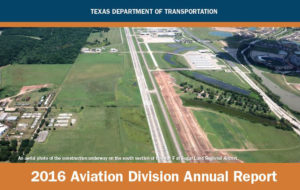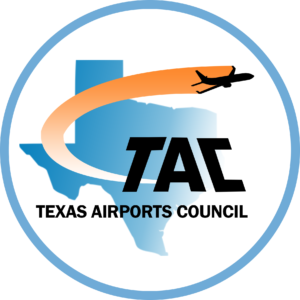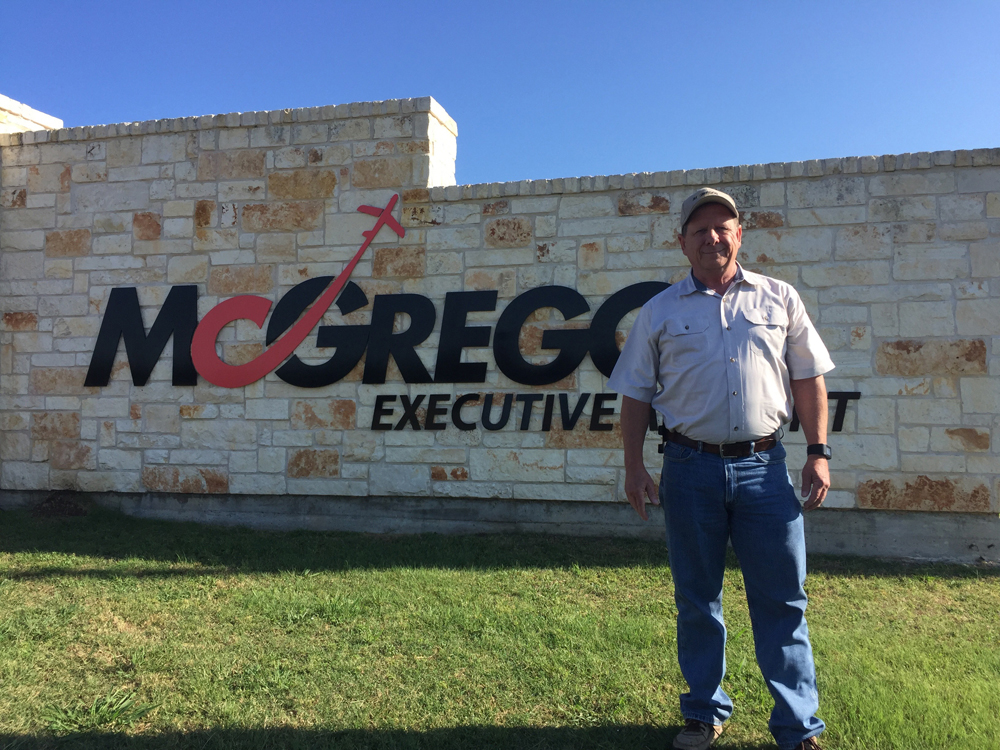South Texas International Airport at Edinburg
$3,333,333
Design and construction services to assist in hangar expansion by the Department of Public Safety for emergency and first responder including facilities where Department of Public Safety aircraft are used for staging and storage purposes.
Texas State Technical College -Waco Airport
$1,080,000
Construction services to overlay, rehabilitate and mark Runway 17L-35R.
Kleberg County Airport
$311,670
Construction services to install emergency generators with new small shed; install electrical for security lighting; install rotating beacon and windsock; and reimbursement for engineering and replacing fence along highway frontage.
Kickapoo Downtown Airpark
$2,297,320
Construction services to expand apron phase 2; install box culvert; and drainage improvement under apron.
San Augustine County Airport
$510,000
Construction services to extend, rehabilitate and mark Runway 17-35 with displace threshold; rehabilitate connecting taxiway; rehabilitate apron; and extend medium intensity runway lights.
Panola County-Sharpe Field
$500,000
Construction services to rehabilitate and mark Runway 17-35, rehabilitate apron, parallel and cross taxiways, and hangar access taxiways.
Conroe-North Houston Regional Airport
$7,865,100
Construction services to construct parallel taxiway for Runway 14-32; install signage and install medium intensity taxiway lights.
Dallas Executive Airport
$8,823,092
Construction services to extend Runway 13-31; extend taxiway B; construct runway shoulders; relocate Runway 13 localizer, glideslope, ASOS, Runway 31 threshold, and extend medium intensity runway lights; install drainage box culverts for Runway 13-31 shift; LED electrical improvements and Runway shoulder compression joint sealant.
Jacksboro Municipal Airport
$338,230
Construction services to reconstruct, stripe and mark Runway 17-35; reconstruct , stripe and mark apron; reconstruct turnarounds, stub taxiway, partial parallel taixway and fueling area; replace windcone and segmented circle.
Terrell Municipal Airport
$1,675,360
Construction services to construct hangar/terminal access road; perimeter road drainage improvements; northwest airport drainage improvement; construct perimeter fencing and extend utility infrastructure.





